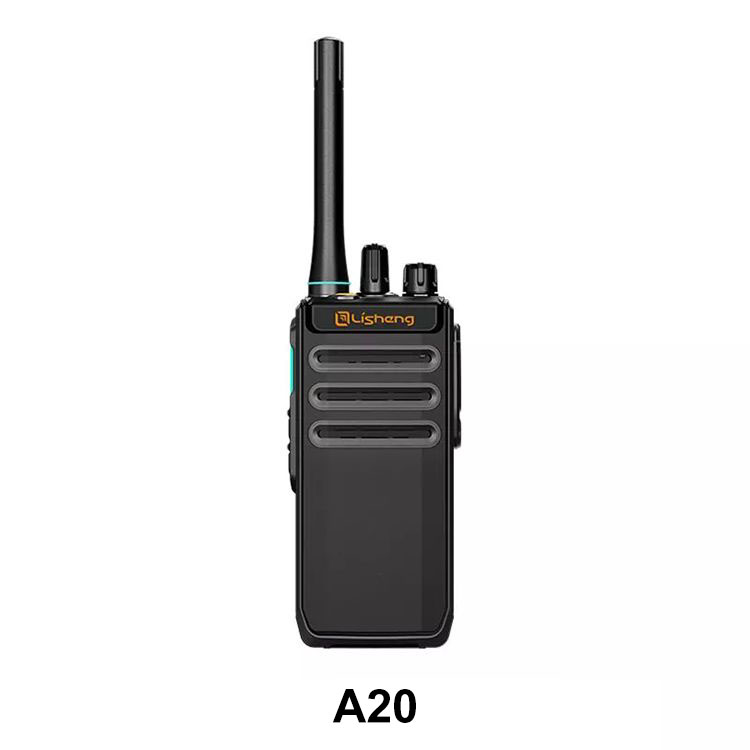- English
- Español
- Português
- русский
- Français
- 日本語
- Deutsch
- tiếng Việt
- Italiano
- Nederlands
- ภาษาไทย
- Polski
- 한국어
- Svenska
- magyar
- Malay
- বাংলা ভাষার
- Dansk
- Suomi
- हिन्दी
- Pilipino
- Türkçe
- Gaeilge
- العربية
- Indonesia
- Norsk
- تمل
- český
- ελληνικά
- український
- Javanese
- فارسی
- தமிழ்
- తెలుగు
- नेपाली
- Burmese
- български
- ລາວ
- Latine
- Қазақша
- Euskal
- Azərbaycan
- Slovenský jazyk
- Македонски
- Lietuvos
- Eesti Keel
- Română
- Slovenski
- मराठी
- Srpski језик
Let's take a closer look at the latest news and trends in the walkie-talkie industry.
2024-09-05
One of the most important developments in the walkie-talkie industry is the integration of advanced features and technologies. Traditionally, walkie-talkies were simple two-way radios with limited range and functionality. However, with the advent of digital communications and wireless technology, modern walkie-talkies now offer a wide range of features, such as GPS tracking, Bluetooth connectivity, and even smartphone integration. These advances have expanded the functionality of walkie-talkies, making them more versatile and adaptable to a variety of communication needs. The demand for rugged walkie-talkies is increasing, especially in industries such as construction, manufacturing, and outdoor recreation. Manufacturers have responded by designing walkie-talkies that are not only waterproof and shockproof, but also have long-lasting batteries and enhanced signal strength. These rugged radios are able to withstand harsh environments and provide reliable communications in challenging conditions, making them an indispensable tool for professionals working in demanding environments. In addition to technological advancements, the walkie-talkie industry has also witnessed a shift toward more compact and lightweight designs. This trend is driven by the growing demand for portable and easy-to-carry communication devices. Compact radios are popular with outdoor enthusiasts, hikers, and campers who need a reliable way to communicate without the bulk of traditional models. In addition, the compact design is favored by event organizers and security personnel who need a discreet and unobtrusive communication tool.
Another important trend in the walkie-talkie industry is the increasing focus on environmental protection and sustainable manufacturing practices. As environmental awareness becomes a priority for consumers and businesses, radio manufacturers are exploring ways to reduce their carbon footprint and reduce waste in the production process. This includes using recyclable materials, implementing energy-saving manufacturing techniques, and developing more durable walkie-talkies to reduce e-waste. By embracing sustainability, the industry is not only contributing to environmental protection, but also attracting environmentally conscious consumers.
The walkie-talkie industry is also increasingly focusing on interoperability and compatibility. As communication needs become more diverse and complex, there is a growing demand for walkie-talkies that can integrate seamlessly with other communication systems and devices. This includes interoperability with mobile phones, other radio systems, and even integration with dispatch software to simplify communications management. By providing interoperable solutions, radio manufacturers enable users to communicate effectively across different platforms and networks, thereby enhancing overall connectivity and collaboration.
Overall, the walkie-talkie industry continues to evolve to meet the changing needs of consumers and businesses. With technological advancements, a focus on sustainability, and a commitment to professional solutions, the industry is ready to meet the diverse communications needs of various industries. As the demand for reliable and efficient communication tools continues to grow, the walkie-talkie industry is likely to continue to innovate and expand its products to meet a wide range of applications and industries. Whether it is used for professional use, outdoor adventures, or emergency response, walkie-talkies remain an important communication tool.

